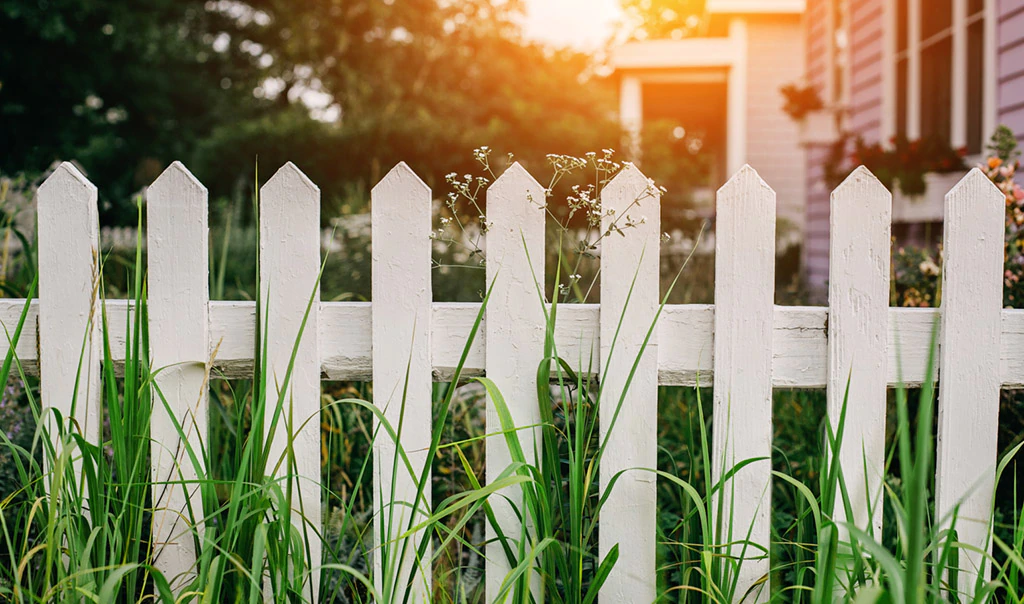In landscape design we strive to make the home owner’s outdoor space as beautiful and user friendly as it is indoors. For humans to feel comfortable out of doors, they need a sense of enclosure to make them feel secure. By analyzing a site’s focal points (both good and bad), the prevailing winds, sun exposure, and noise levels, we can begin to create garden areas that serve as outdoor rooms. I’d like to focus on the walls of these garden rooms and show why you need them.
We love our neighbors, but their sense of style (or lack of) may be different than ours. Screening off their dog pens, car collections, jungle gyms or garbage can will make your property more pleasant. Planting a privacy screen near your deck will make it feel like a living room instead of being on display in a fish bowl. Plant a row of evergreen shrubs such as Leyland Cypress, Emerald Arborvitae, Foster Holly, Nellie R Stevens Holly, Eleagnus or Leatherleaf Viburnum if you need a 12 foot or higher living fence. Cleyera, Needlepoint Holly, or Schip Laurel will grow to approximately 8 feet high.
Not all living fences need to be evergreen. You may only need the privacy during the growing season when temperatures are mild enough to use the patio. There are many great flowering, deciduous shrubs to use as a fence as well. Viburnums have white flowers in April, produce berries later, and with red Fall foliage make a wonderful three season fence. The common Forsythia, which blooms yellow in March can be used as an informal screen as well. Butterfly Bush, certain Hydrangeas, Vitex, Smoke Tree, and ornamental grasses which range in height from 6-12 feet will also add color and texture to the mixed border.
A combination of trees and under story shrubs makes a more interesting living fence. A bed of small scale trees like Dogwoods under planted with Azaleas and Rhododendron will soften a bad view or denote a property line. Instead of planting a solid row of Leyland Cypress the length of the property like a fortress wall, try mixing some flowering shrubs in to add seasonal color.
Installing a wooden fence on the property line will create an instant screen. The fence itself looks stark without some planting around it. A solid fence will block sunlight and cool breezes, which changes the environment for both plants and people, so plan their placement accordingly. Pre-fabricated lattice is often used as a fence and flowering vines are grown on it for extra screening value. Make sure the lattice matches your homes architecture. All wooden structures require maintenance, which is why I prefer living fences. Love they neighbor and plant a fence. You’ll both be happier not watching each other taking a nap in the hammock.

